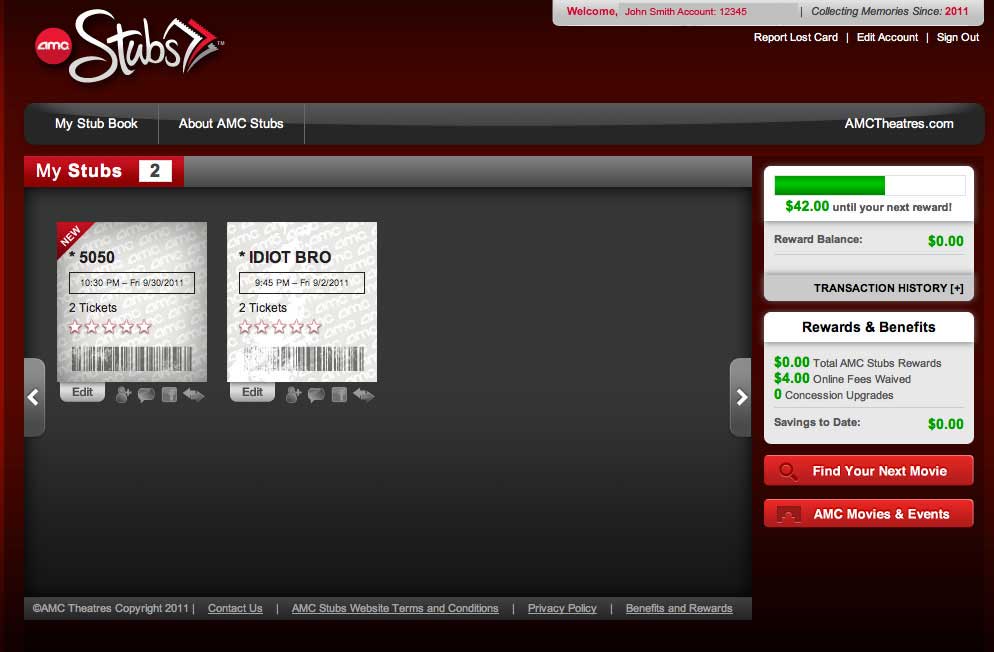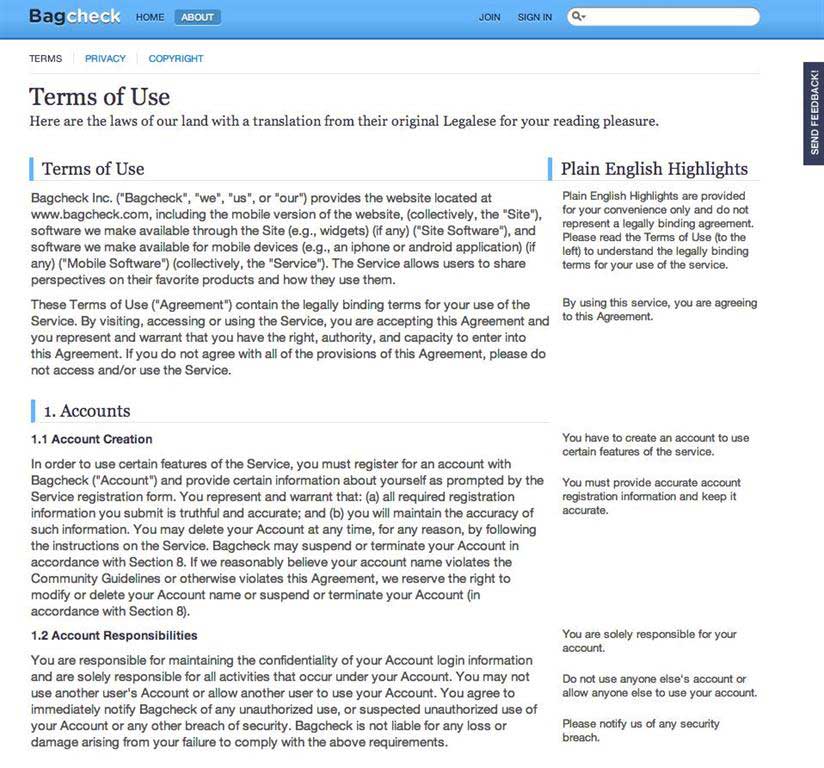Often cited inappropriately as a replacement for brand positioning or brand experience, customer experience goes far beyond that. In reality, customer experience is the result of how you implement your brand and how customers experience it across every touch point.
Put yourself in your customers' shoes: What is it like to call customer service? Book a flight on your website? Read the Terms and Conditions to understand your rights?
Customer experience is about meeting customer needs, about choosing and using certain words, about aligning touch points, and about creating relationships. To create a memorable and fulfilling customer experience, you need to get into the weeds to understand what customers want and expect, and then deliver that. The ultimate goal is to inspire loyalty.
Basic Tactics
When thinking about and developing your customer's experience, remember the following three basics.
1. Meet customer needs
What better way to inspire loyalty and keep current customers—or acquire new ones—than to really understand what they want, when they want it, and how they want it.
Remember, not all customers are created equal. For example, "twenty-somethings" who are on-the-go crave information via mobile and social platforms, whereas other groups would rather stay with more traditional methods such as postal mail.
You should also consider the amount or type of information customers want. Savvy investors, for example, may want more data or detailed information about their investments, whereas a casual investor might want some concrete numbers and high-level summary data.
Using ethnographic research will help you gain an understanding of your customers. By mapping the current customer experiences against customer needs, you can identify gaps or overlaps.
2. Identify the desired outcome
Consider what you want customers to think, feel, and do. Make those points explicitly clear. If you want your customers to pay their bill on time, for example, make doing so as easy and as clear as possible. If you want them to book a flight, don't bury that functionality three clicks down.
As a result of my firm's recommendation, for example, the new United MileagePlus website now features its booking widget prominently on most pages, making it easy for members to book flights with either points or money. The redesign of MileagePlus.com resulted in a simple, engaging customer experience that, ideally, increased member loyalty... which is ultimately the goal.
3. Personalize the experience
Customers expect you to have basic information about them, so it's important to personalize and customize content based on what you know about them. For example, companies still use greetings such as "Valued Customer," which seems pretty disingenuous since they, at the very least, know the customer's name.
Often, companies are stuck with legacy systems that prevent them from truly personalizing their communications. Today, though, it seems pretty unacceptable that technology is still used as an excuse for limitations.
Among frustrating experiences are phone prompts. Customers spend too much time weaving through phone prompts and entering their information... only to have customer service representatives repeat the same questions when they eventually take the call. Customers expect to be recognized and acknowledged by name.
Tactics Beyond the Norm
Once you have the three basics down, explore tactics beyond the norm. Consider the following three tips.
1. Speak to your customers in plain language
Remember that customers are people, too. Companies often speak to their customers using internal or industry jargon, or they create product names that require explanation. Prospects don't want to do business with a company that asks them to do homework. Customers shouldn't have to use a dictionary or research terms to understand or interpret what you're trying to say.
Establish a distinct voice that brings your brand to life, and stick with that voice. Use clear language and jargon-free terminology. Explain details in simple terms that the customer can understand. Customers expect and deserve simple, engaging interactions.
2. Align touch points
All facets of your company—website, phone, mobile, paper, people—must work in harmony. Companies frequently demonstrate in their "organizational chart" that different groups are responsible for different channels. One group may be responsible for an online bill, for example, while another manages the paper bill, resulting in a fragmented customer experience. To the customer, you are one company, and both elements should speak the same language, use the same terms, and create a seamless experience.
For example, on its website AMC Theatres stores the ticket stubs from a customer's recent movie visits. Customers see a movie in theaters, then log into their account to view the ticket stub and check their progress toward earning their next reward.
By engaging customers both in theaters and online, AMC is creating a unifying experience for the customer while also encouraging participation in its rewards program.

3. Don't forget the details
Consider every single word and graphic element, down to the tiny print of your Terms and Conditions copy. Many companies make a grave error by stopping at the website and falsely believing they are delivering a good customer experience if their site looks pretty, if it has cool functionality, or it uses the correct brand colors and fonts.
But to deliver a good customer experience, information on your site must be organized in a way that's logical to the customer, including good information design as well as the use of headings and subheads that allow customers to easily scan the site.
Bagcheck.com provides a great example of a simplified Terms and Conditions page. Many organizations feel beholden to their lawyers and use legalese and jargon. But, by providing a summary in plain English, Bagcheck.com highlights key points and makes this communication digestible... while still complying with legal requirements.

Often, the touch points that have the greatest impact on the customer experience are those that are typically overlooked. The website, of course, is the most visible and accessible touch point, and it should include all necessary information. But consider those unheralded touch points such as bills, policies, and all the functional communications that customers interact with on a daily basis. That is where the rubber meets the road, so to speak.
* * *
Keeping with the basics of customer experience will get you halfway there. By going a step beyond, you can provide customers a memorable brand experience that results in increased customer loyalty. After all, it's far less expensive to cultivate your current customer base than to seek out new customers.



